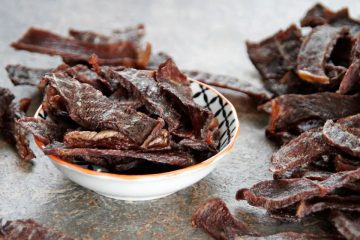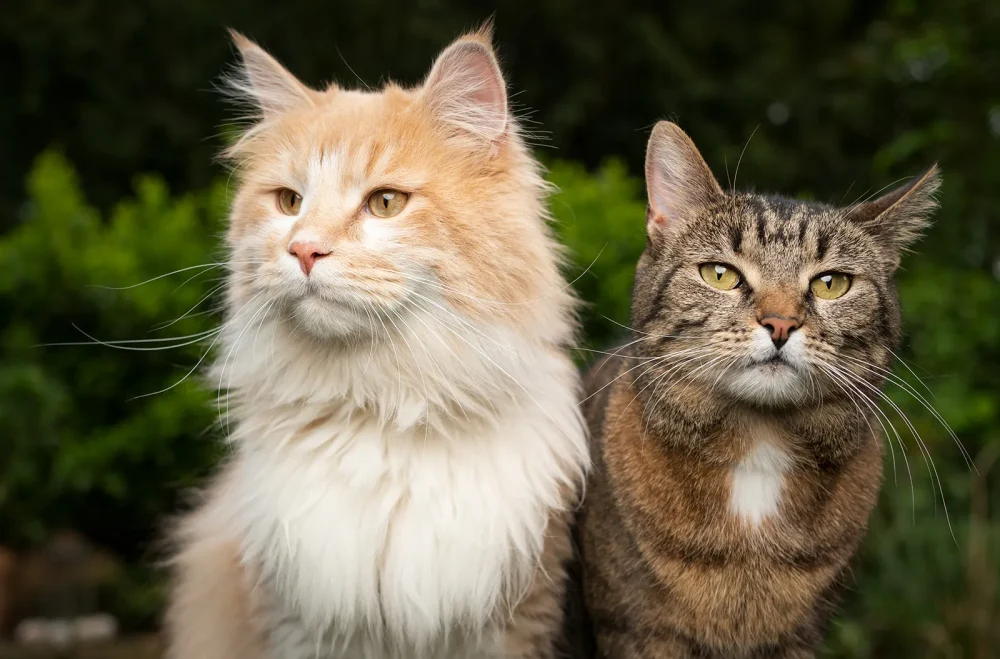The important role of Treats in Dog Training and Behavior Modification.

Back ‘in the day’ people would feed anything they could lay their hands on to their dog. It wasn’t a priority. The only science seemed to go into dogs that were financially worth something to the trainer – like those used in Customs or police work. And even then, the treats were rarely what would be called quality or nutrition.
In fact, its still a common practice for people to have a handful of kibble in the dog park, to try and entice their dogs back. Let alone that they have basically a handful of grain that many dogs eat, only because they have to – but it’s worse than that.
Besides missing out on giving your dog a real nutrition boost, you are effectively giving them a generic low prize ‘reward’. The whole basis of dog training is based on giving your dog something exceptional that they really look forward to, that they can’t get access to at any other time, that they would do anything for. This is for example something you can find at And that isn’t kibble, or $2 shop raw hide treats.
Dogs are smell driven, because of the massive sensitivity of their nose and brain section combination just dedicated to smell. They often hunt by smell, and you will usually see them in the park, putting their nose to good use, smelling pee on trees, sniffing dogs in various places etc.
In fact, smell is their number 1 sense. That fact is a little harder for many people to understand, because except when sniffing a flower or to see if something in the fridge has gone off, humans rarely consider their sense of smell to be a priority or reliable.
Clearly when dogs have so much of their being dedicated to such a thing, and you are trying to harness this quirk of nature, they have to be absolutely driven, absolutely convinced that what you are offering them, is FAR MORE IMPORTANT healthydogtreats.com.au than what they were doing. Or what any other dog in the park is doing.
RECALL is a big case in point.
If a dog only walks off lead once per day, and they get one hour to do so, they only really have one hour of actual perceived freedom to choose to do what they want. This means socialising with other dogs, finding interesting smells, maybe rolling in them. YOUR dog training treat must be so good, that it is a priority over all of that.
NOTE when we are talking about using treats for dog training, this falls under the Positive REINFORCEMENT method of training. It is the use of rewards to increase the chance or repeating a behavior.
Some training services still believe in negative methods that punish dogs for doing undesirable behaviours like barking or digging or aggression etc.
When we talk about treats, we still believe it’s the most humane and best way of training dogs to get then to do what you want, without damaging them psychologically.
DOG BEHAVIOR MODIFICATION
While we have concentrated in recall of your dog, off lead in an interesting dog park, ANY of the dog training objectives you have also apply. Can you treat and, clicker and voice convince a dog that it ought to sit when you tell it to do so? Can it convince them to sit instantly and stay there until you say not to?
When we often cant get our friends or children to behave in ways that we would like, socially acceptable ways. Ways that ensure their safety, think about what you are asking of a dog, that is said to have an intelligence of a five-year-old human. That sounds pretty impressive, but also impulsive.
CONCLUSIONS
Its really worthwhile checking what treat your dog really values and how you restrict it to only its dog training times. It can really make the difference between failure and success that you crave.
But there are other things that you can use treats for around the dog training treat special treat. Why not consider doing something like NOT feeding your dog before the park or training session in your back yard, so they are extra attentive to you and the treat, giving it to them sparsely, then offering them a pig’s ear AFTER their training session.
That why they will train as good as they can, still appreciate the special training treat the next time, but also feel satisfied after the training session with an excellent single ingredient preoccupier training treat (the pig’s ear).







